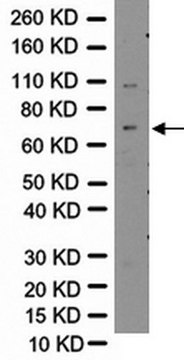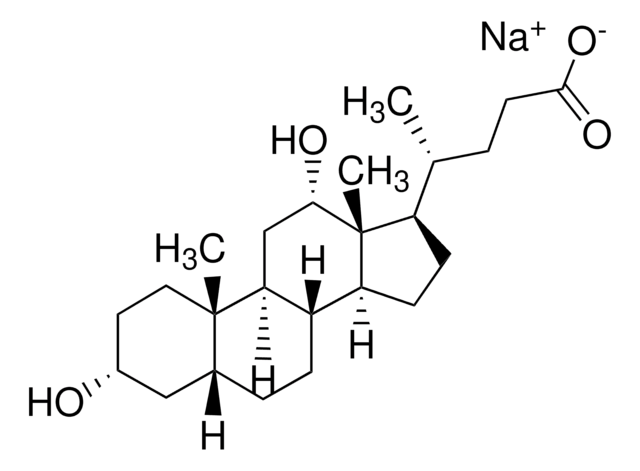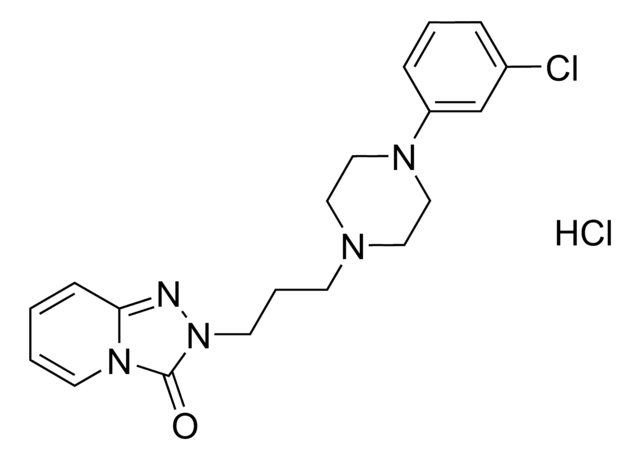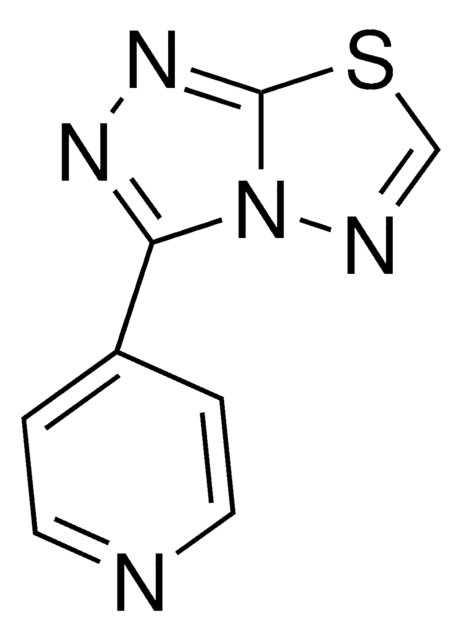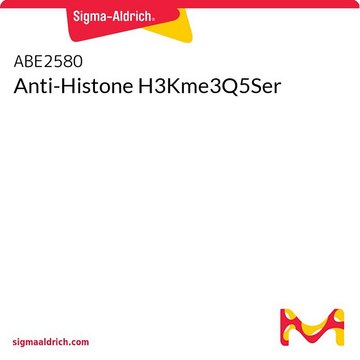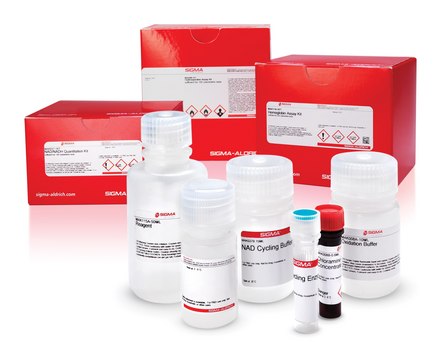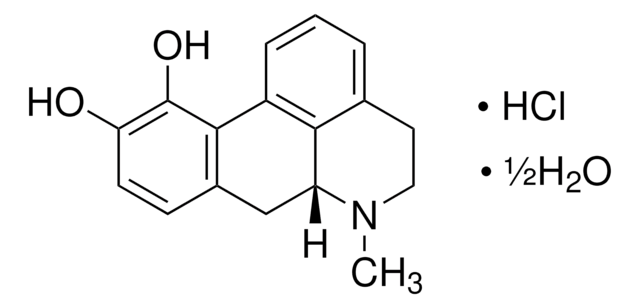V5764
Anti-Vesicular GABA Transporter antibody produced in rabbit
affinity isolated antibody, buffered aqueous solution
Synonym(s):
Anti-VGAT
About This Item
Recommended Products
biological source
rabbit
conjugate
unconjugated
antibody form
affinity isolated antibody
antibody product type
primary antibodies
clone
polyclonal
form
buffered aqueous solution
potency
2-4 mg per mL effective concentration (determined by immunoblotting, using mouse brain and rat brain extracts)
mol wt
antigen ~55 kDa
species reactivity
rat, mouse
packaging
pkg of 200 μL
storage condition
avoid repeated freeze/thaw cycles (Storage in "frost-free" freezers is not recommended)
concentration
~1.0 mg/mL
technique(s)
microarray: suitable
western blot: 2-4 μg/mL using mouse brain and rat brain extracts (S1 fraction)
UniProt accession no.
shipped in
dry ice
storage temp.
−20°C
target post-translational modification
unmodified
Gene Information
human ... SLC32A1(140679)
mouse ... Slc32a1(22348)
rat ... Slc32a1(83612)
General description
Immunogen
Application
- immunohistochemistry
- western blot
- immunocytochemistry
Immunohistochemistry (1 paper)
Biochem/physiol Actions
Physical form
Not finding the right product?
Try our Product Selector Tool.
Regulatory Information
Choose from one of the most recent versions:
Certificates of Analysis (COA)
Don't see the Right Version?
If you require a particular version, you can look up a specific certificate by the Lot or Batch number.
Already Own This Product?
Find documentation for the products that you have recently purchased in the Document Library.
Our team of scientists has experience in all areas of research including Life Science, Material Science, Chemical Synthesis, Chromatography, Analytical and many others.
Contact Technical Service